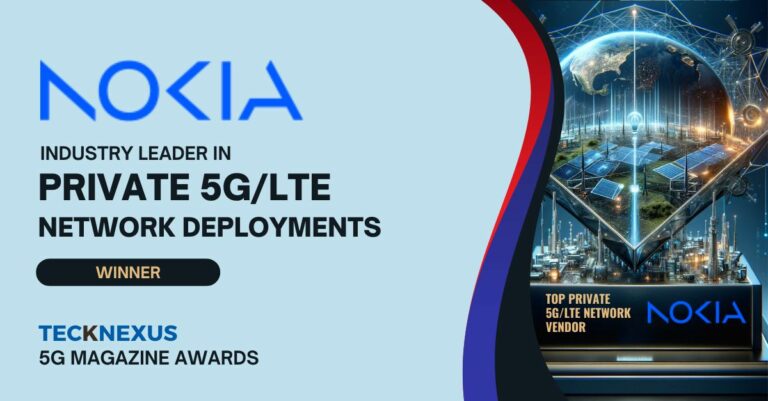Only once the foundations of a business case have been confirmed should an SI make the investment in a technology assessment. For many SIs looking to expand existing IoT solutions, speed of integration is an important consideration. From the quality of documentation to the availability of training, the way a satellite company works with its SIs to ease the integration of SatIoT into the existing IoT solution set can make a significant difference in time to market. For the past few years, a number of innovative SIs have been testing the latest generation of cost-effective SatIoT connectivity to determine the viability and requirements of an industrial-scale deployment. They have built prototypes and invested in field testing. The process has highlighted the importance of ultra-low battery consumption to minimize the need for replacements in situ.
Typically, a business case may only stand up if the battery lasts five to ten years. In some locations, the Satellite IoT solution can be integrated with a solar panel, overcoming the need for a dedicated battery. SIs have also worked closely with SatIoT providers to optimize antenna design and ensure the antenna is both reliable and easy to integrate. A small, flat antenna may be essential, but additional questions will arise specific to an area of deployment. For example, lightweight but robust enclosures are now used to securely attach an antenna to livestock to track their movement across remote farmland and identify any that leave the herd, indicating ill health or injury. Or a simple addition of a Bluetooth connection between the device and the SatIoT antenna provides an excellent solution to achieve indoor satellite IoT deployments in rural locations with no terrestrial networks. The availability of bidirectional connectivity also provides SIs with a future-proofed solution. Updates can be downloaded remotely to the sensors as required – for example, if a customer wants to change the frequency of data recording.
Conclusion
These innovators have led the way, discovering how to optimize SatIoT solutions and antenna design to deliver a robust, viable, and cost-effective deployment. Critically, these companies have proved the business case for Satellite IoT. While the demand was never in question, the technology is now in place to enable it. Whether it is shipping containers, agriculture, environmental monitoring, or animal tracking, SatIoT developments are now moving into the next phase of industrial-scale deployment. And this is just the start. The shipping industry, for example, has an array of complex operational challenges in its management of 50 million containers across the globe. Tracking location and temperature monitoring are delivering financial benefits. Adding the ability to identify whether a container has been entered or tampered with during the voyage will support the war on piracy and drugs. Adding smoke detectors will raise the alarm when a fire breaks out on board – an increasing concern if owners fail to inform the shipping company that the container holds self-combusting cargo, such as Lithium-Ion batteries.
The door is open for SIs across the world to build on the knowledge gained over the last few years, explore the global reach of cost-effective satellite connections, and build a compelling business case for Satellite IoT solutions that will transform operational efficiency for organizations of every size across the world.



























































